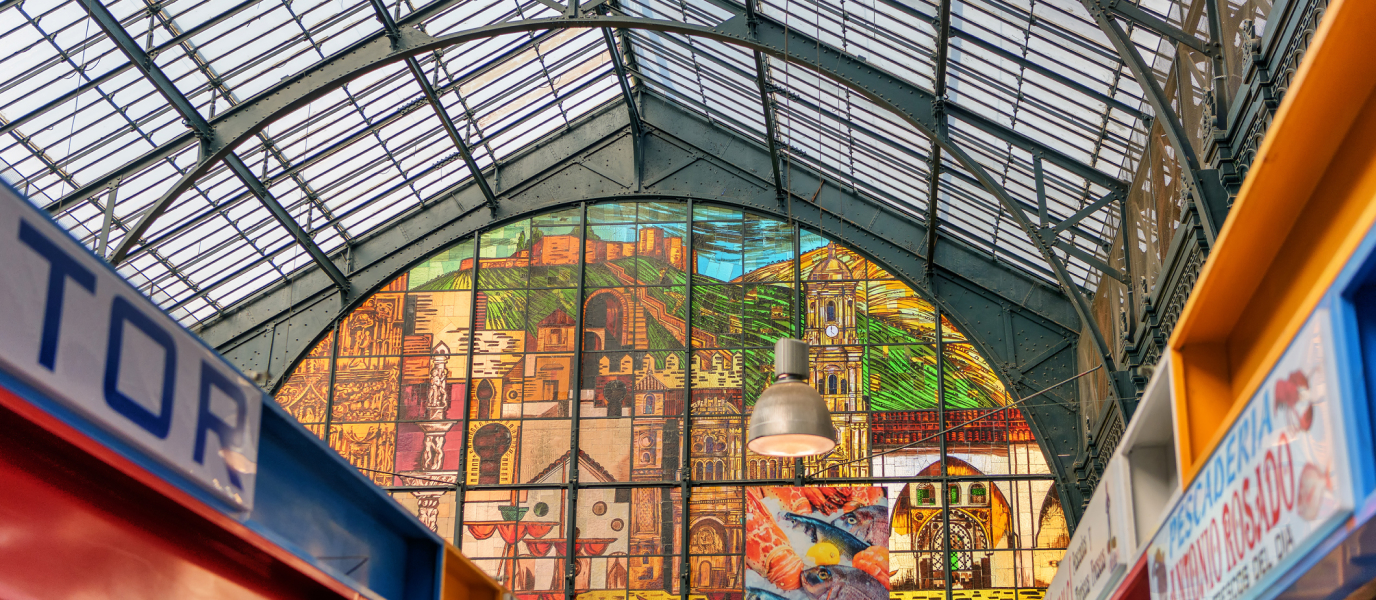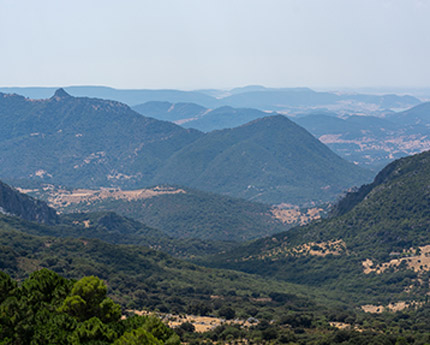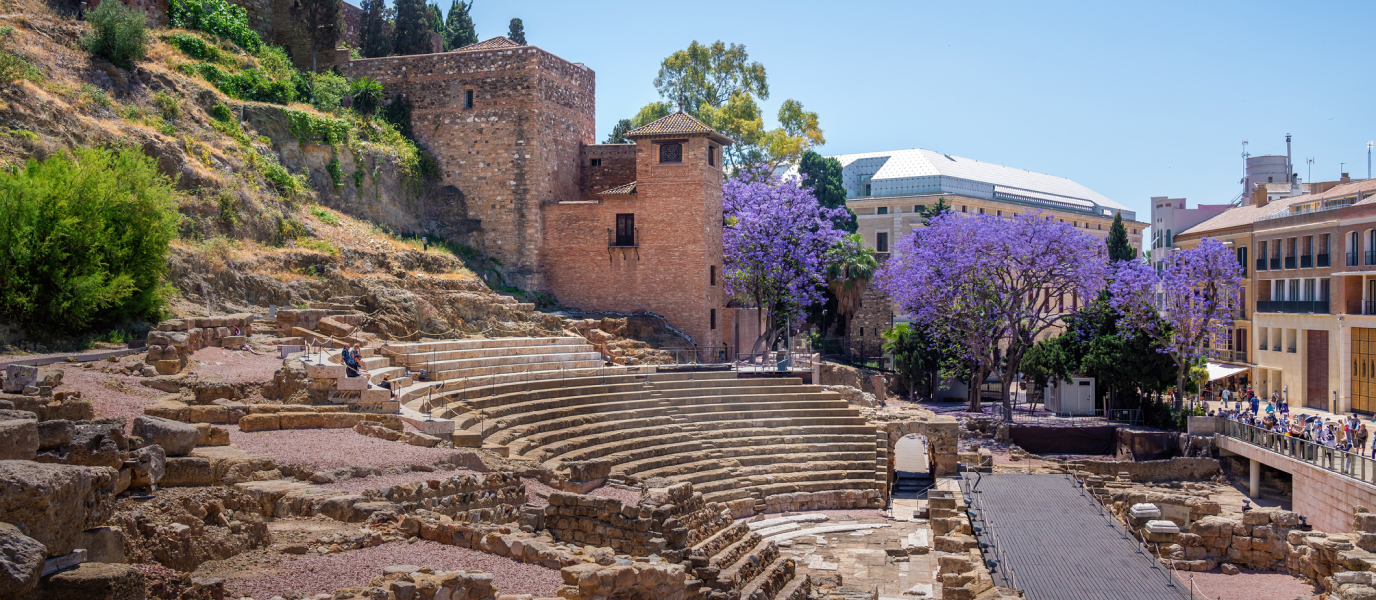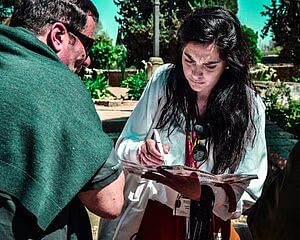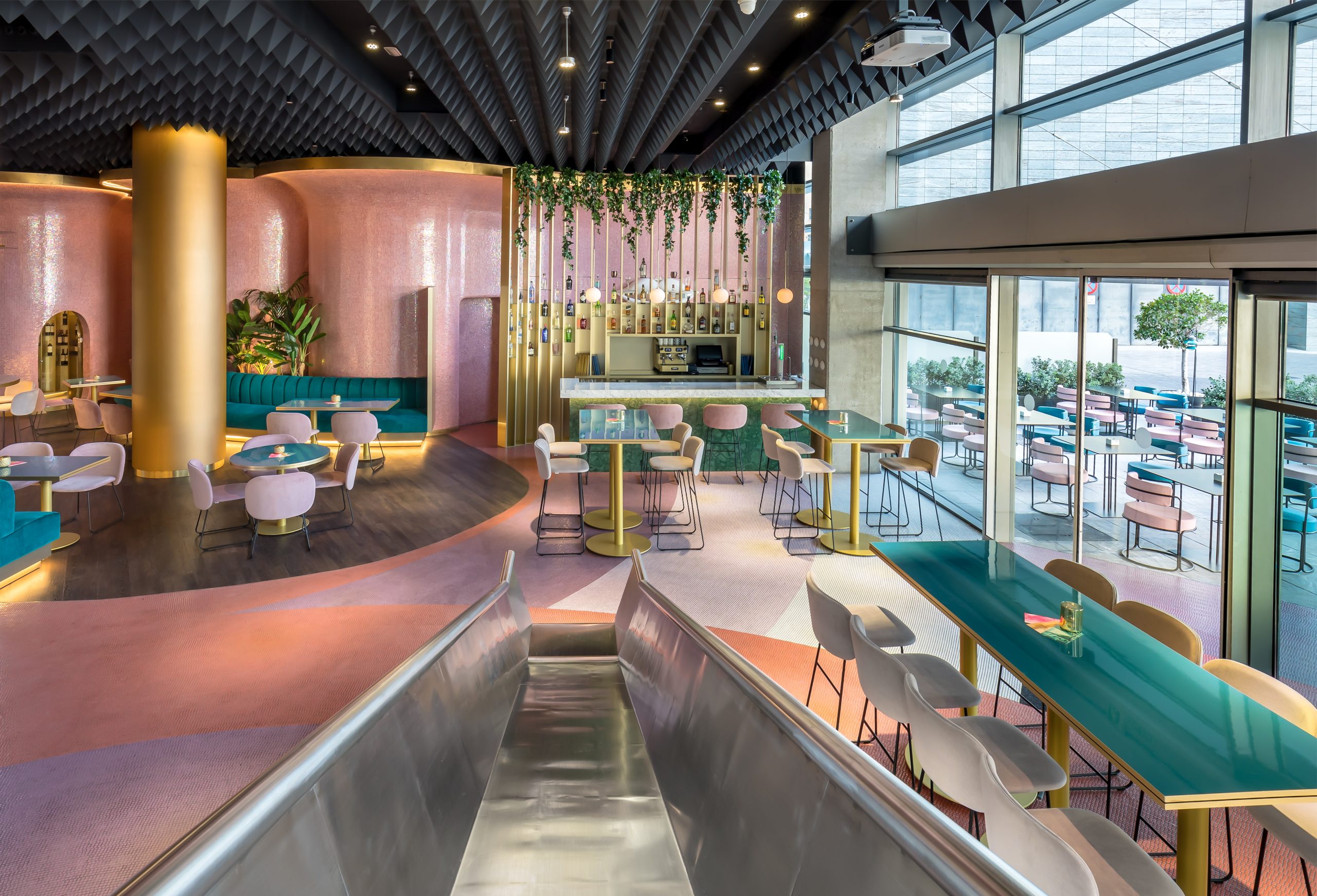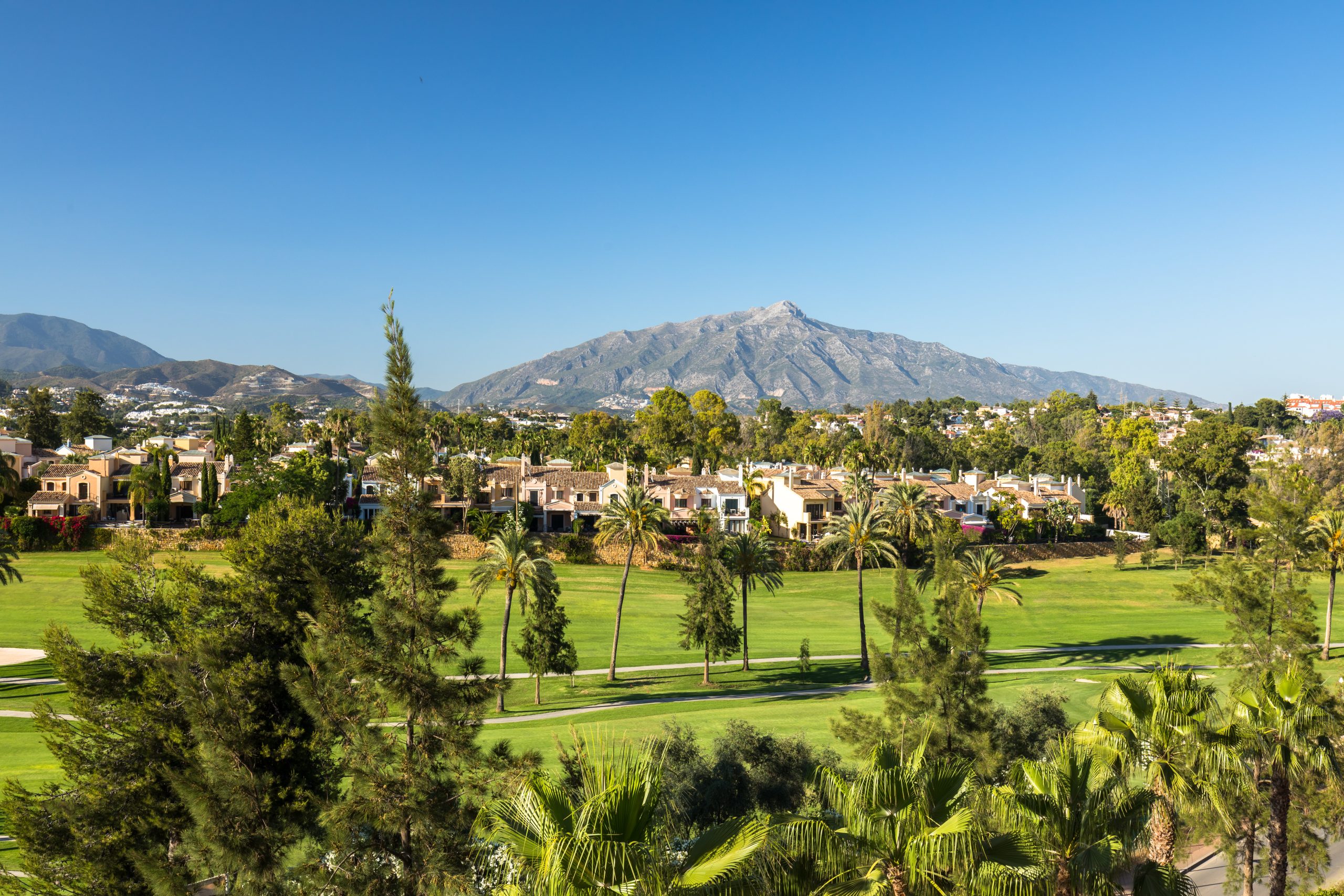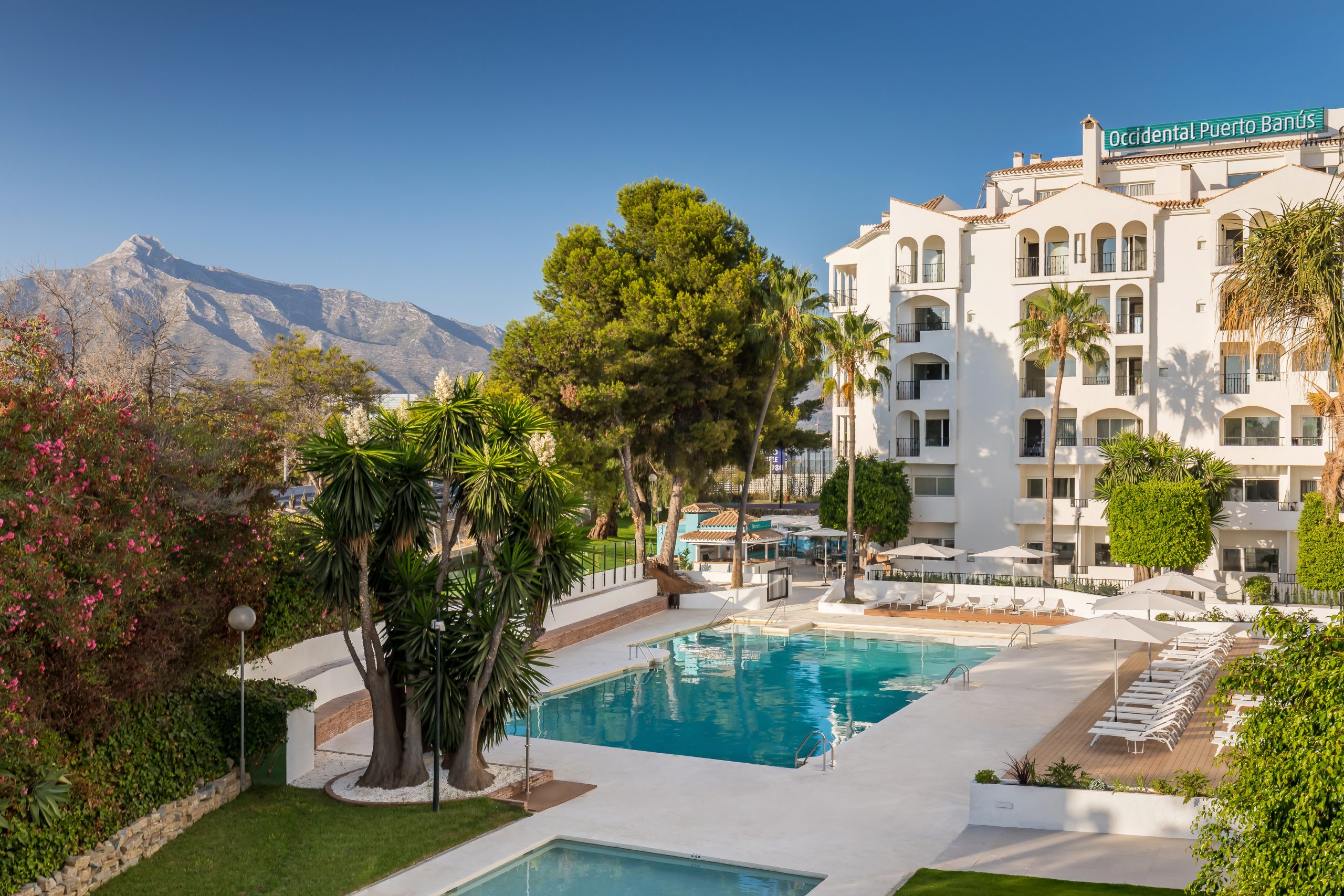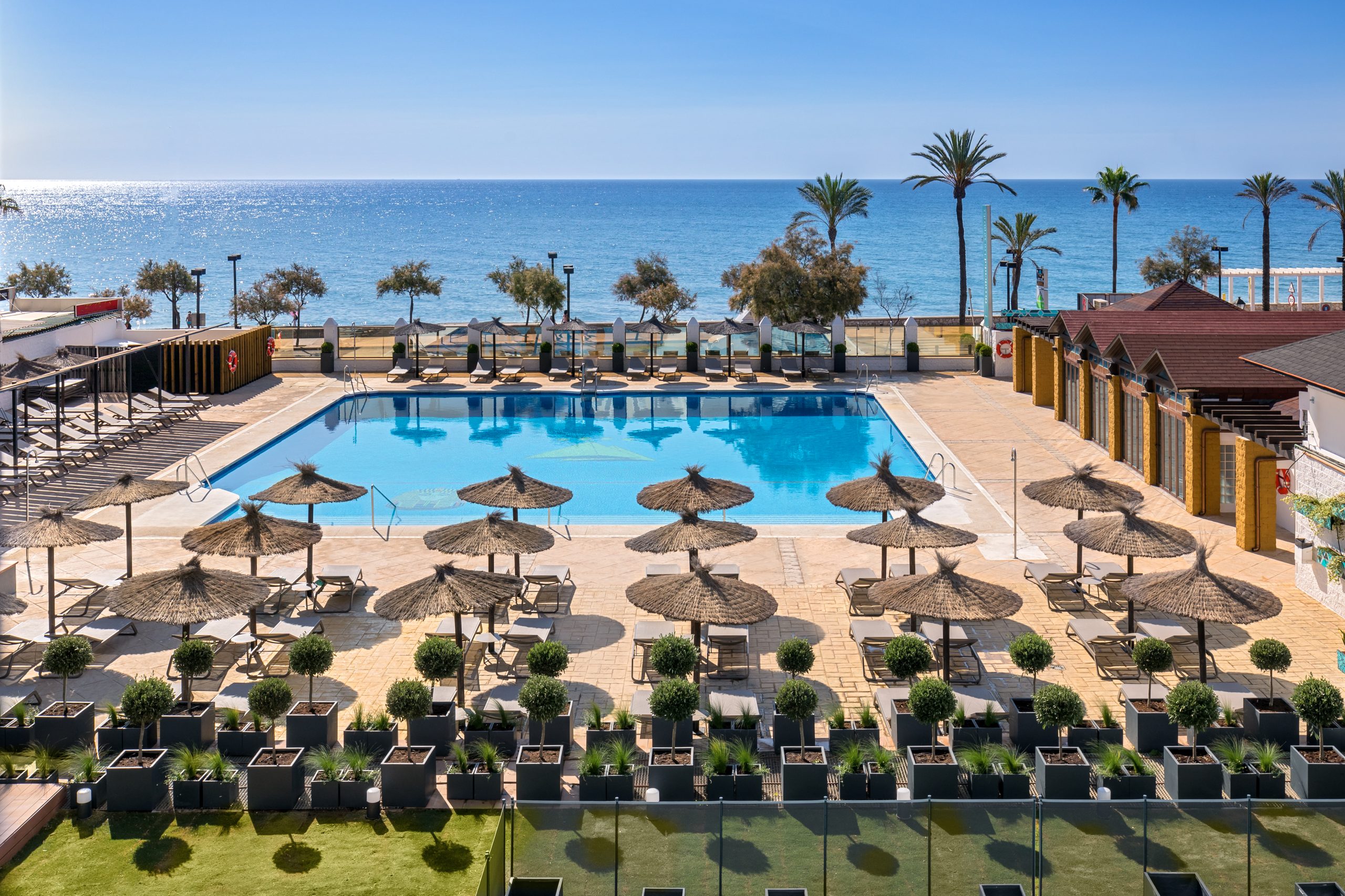Mercado de Atarazanas market instantly catches your eye as you stroll through the centre of Málaga thanks to its nineteenth-century architecture that also preserves some original features from the Moorish period.
If the visual impact of the building weren’t enough, the sight waiting for visitors who pass through the Atarazanas market’s doors is no less impressive. Its interior is constantly buzzing with people searching for the best fresh and cooked produce from the sea and land.
Over the past ten years, Atarazanas market has also changed its image to become a leading culinary centre, so don’t miss its bars and other stands selling delicious ready-to-eat tapas and freshly prepared food.
From the old shipyard to the current market
The site where the Atarazanas market in Málaga stands today was a shipyard during the fourteenth century when the city was ruled by the Moors. This explains its name and its proximity to the city’s port.
After Málaga was reconquered, the old shipyard building was used for various different purposes: convent, warehouse, barracks, military hospital, etc. In the nineteenth century, when the city walls (which the building was attached to) were pulled down, a decision was made to pull down most of its structure too.
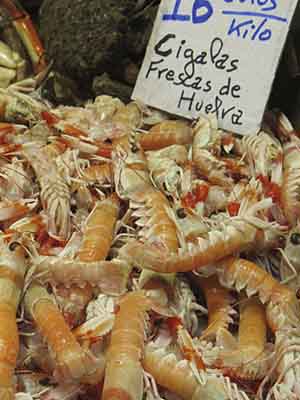
The City Hall in charge at the time decided to build a covered market on the site to regulate the sale of fresh produce in the city. Up until then there had been several places selling fresh food but they were all outdoors and considered to be rather unhygienic.
Joaquín de Rucoba was commissioned to design the project and the works took place over three years from 1876 to 1879. The architect designed an irregular-shaped floor plan with two wings joined by a central body that could be accessed through a monumental portico, a surviving feature from the Nasrid period.
Atarazanas market was named after King Alfonso XII, the monarch on the throne when it was opened, but from day one everyone called it by the name it is known by today.
In the twenty-first century, between 2008 and 2010, significant refurbishment works were carried out. The structure of the stands was renovated and the roofs were raised. The original nineteenth-century appearance was also restored because the building had undergone numerous changes during the twentieth century.
Málaga market and much more
Atarazanas market in Málaga has a marked nineteenth-century industrial appearance but to prevent this style clashing with the main Nasrid portico, a series of historicist Neo-Moorish details were incorporated into the façade.
The fact that the monumental entrance was saved from the pick-axe thanks to efforts of the Board of the San Telmo Academy of Fine Arts is worth mentioning.
Today, the Atarazanas market is divided into two clearly distinct areas. Firstly, the food market where you can buy fruit and vegetables, fish and seafood, meat, cured meats and offal, pickles and salted goods.
And secondly, the area of tapas bars and stands, the big development following the refurbishment at the beginning of this century. Another innovation was the creation of outdoor terraces around the building’s perimeter which have converted it into a mecca for people who want to enjoy the best of Málaga’s typical food.
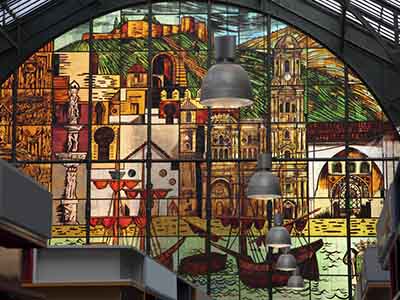
Everything lies under the gaze of an enormous stained-glass window depicting Málaga port and the sixteenth-century city, located on the opposite façade to the central portico.
Stands in the Atarazanas market
You’ll find everything and more at Atarazanas market in Málaga from everyday food basics to a more gourmet selection. Just let your instinct and common sense be your guide. In general, the busiest stands are popular thanks to the quality of their produce or because they’re the best value for money.
Below are some recommended market stands and the star products sold at each:
- El Ruina: Specialises in Málaga prawns and lobsters.
- Ernesto: This fruit and vegetable stand also has a wide range of seasonal mushrooms, including truffles.
- El Reloj: Specialises in Málaga almonds but also sells sweets, nuts and even salted cod.
- Aceitunas y encurtidos Bravo: As its name suggests, it specialises in olives and pickles but also has all types of salted foods on offer.
- Juani: Top quality fruit and vegetables. This stand is one of the Atarazanas market’s big spectacles thanks to its colourful display of produce.
Eating in Atarazanas market
As we mentioned above, various bars were created following the recent refurbishment of the Atarazanas market and you can now enjoy tapas made from the produce on sale under the same roof. Some of the highlights are:
- Café-Bar Mercado Atarazanas: The first bar to open in this space. It specialises in tapas and portions of fried fish. They have a similar establishment in the Carmen market.
- Casa Guirado: Fried fish, seafood and some creative touches, such as black rice croquettes.
- El Cartuchito: The name refers to the waxed paper cone in which portions of fried fish are traditionally served. It has a bar and terrace.
There are also a large number of nearby bars that use food bought in the market to serve highly authentic tapas dishes and full portions. Good examples are:
- Los Pueblos (Atarazanas, 15): Baby squid, anchovies, fried fish in general and also generous portions of octopus. The perfect spot for people who like to enjoy good produce served just as it is.
- El Marisquero (Olózaga, 7): Those who visit this place regularly enjoy not only seafood but also other produce from the sea and land. Although their real star dishes are prawns and smooth clams.
- Marisquería El Yerno (Plaza Arriola, 12): Portions of fried squid or smooth clams are highly recommended. Truly delicious.



























































